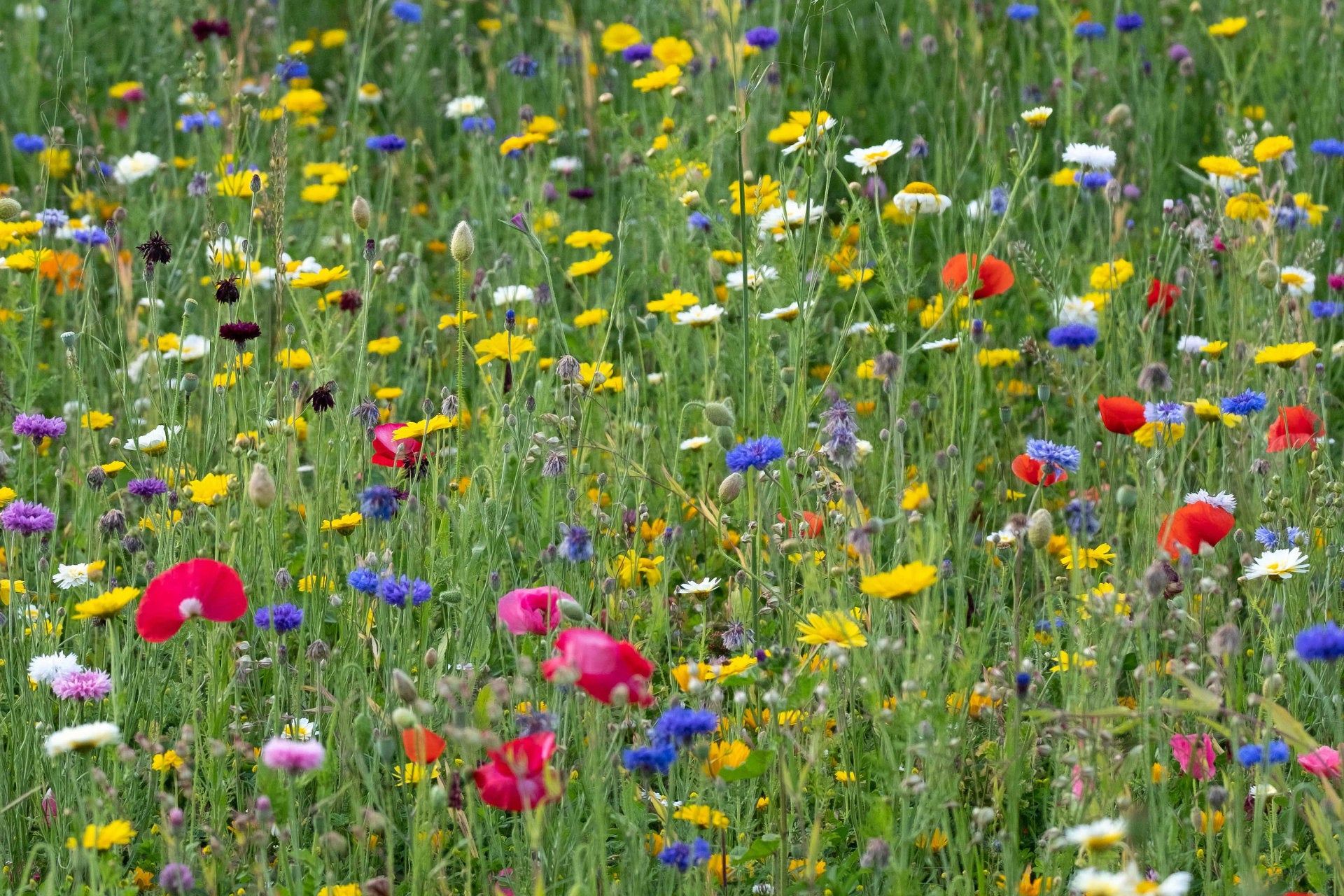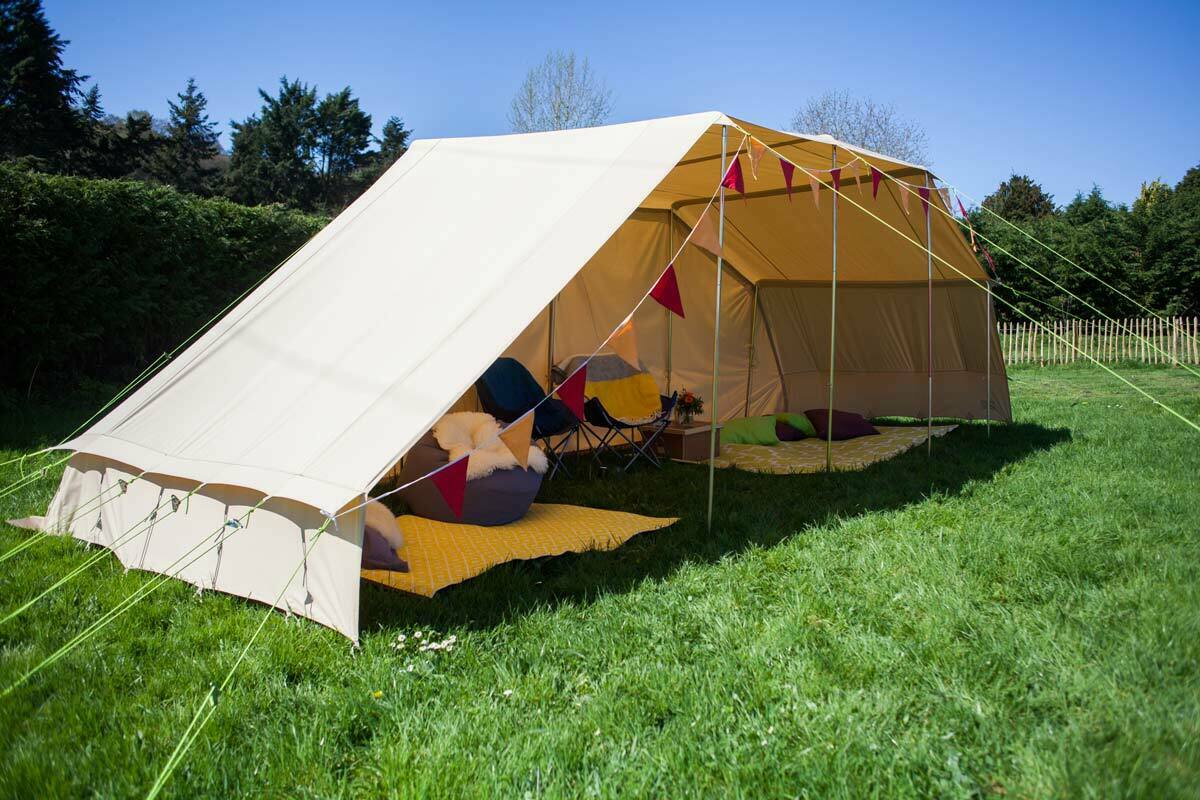Timing is a must for achieving a vibrant wildflower garden that blooms through the seasons. Understanding the growth cycles of various flowers and the precise requirements of different seeds will help you plan effectively. By strategically timing your wildflower seed planting, you can enjoy a stunning display of colors from spring to fall. The first step in successful wildflower gardening is to buy wildflower seeds that suit your region. Consider native wildflower seeds, as these species are well-adapted to local climates and soil conditions. Native plants are generally more resilient and require less maintenance, making them a smart selection for anyone looking to begin a beautiful meadow. When buying seeds, focus on the very best wild flower seeds available, as quality can significantly impact germination and overall plant health. Spring is often considered the perfect time to plant wildflower seeds, especially in regions with mild winters. As temperatures begin to increase and the final frost has passed, prepare your soil by clearing debris and loosening the top layer. When the soil is ready, scatter your wildflower meadow seeds or flower mixture seeds. Click on the following website, if you are seeking for more information about flower mixture seeds.
Mixing different varieties not merely creates an even more visually appealing garden but also promotes biodiversity. To make certain an even distribution, consider blending your seeds with sand before scattering them. Along with spring planting, late summer to early fall is another excellent time and energy to sow wildflower seeds. Many gardeners overlook this option, but it may yield stunning results. Planting in late summer allows seeds to make the most of warm soil temperatures, encouraging germination ahead of the cold sets in. This technique is specially effective for wild flower seed mixtures designed for fall planting. As the seeds establish roots, they will be better prepared for the next spring’s growth, causing a fuller and more robust display. When selecting seeds for the garden, consider using wild flower only mixtures or complete seed mixtures. These blends often contain a variety of species that bloom at different times, ensuring continuous color throughout the growing season. For example, early bloomers like coreopsis and poppies can flower in spring, while later varieties such as asters and goldenrods will take control in late summer and fall. This staggered blooming pattern enhances your garden’s visual appeal and provides essential habitat and food for pollinators and wildlife.
Watering is a must after planting, especially throughout the germination period. Maintain consistent moisture levels in the soil without which makes it soggy, as wildflowers generally prefer well-drained conditions. Once established, many native wildflowers are drought-resistant and require less frequent watering. This resilience allows your garden to thrive with minimal intervention, making it a great selection for busy gardeners. As well as timing, it is vital to take into account your garden’s maintenance needs. Once your wildflowers are blooming, allow some plants to attend seed. This practice ensures an all-natural cycle of growth, as seeds will fall to the bottom and germinate the next season. Regularly deadheading spent blooms can also encourage additional flowering, prolonging the sweetness of one’s garden. In summary, understanding the best times to plant your wildflower seeds is essential for achieving year-round blooms. By selecting native wildflower seeds and planning your sowing for both spring and late summer, you can create a wonderful display that attracts pollinators and enhances your landscape. Embrace the seasonal splendor of wildflowers, and enjoy the huge benefits they bring to your garden. With thoughtful planning and care, your wildflower meadow can provide joy and beauty throughout every season, transforming your outdoor space into a vivid and sustainable haven.





